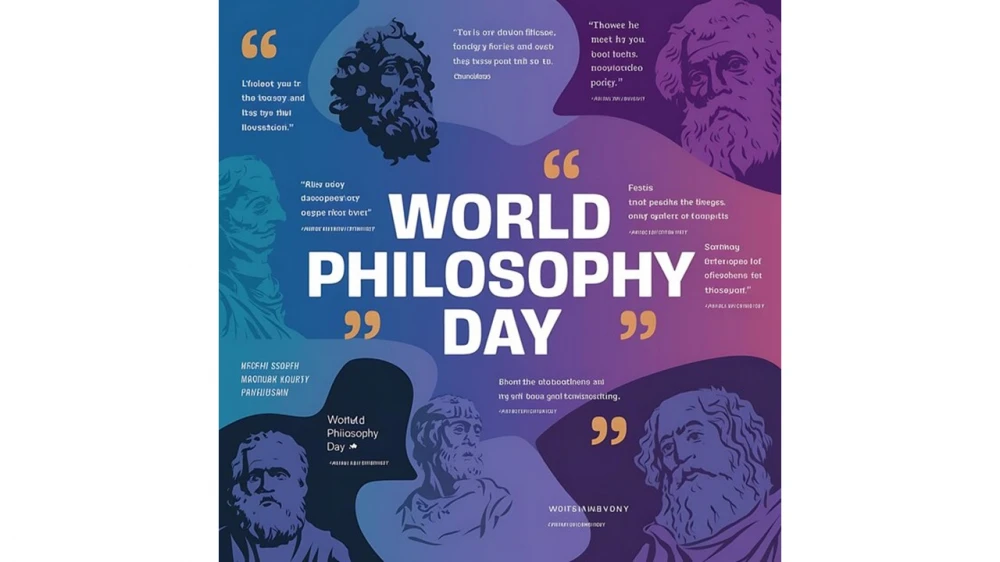
18/06/2025
1107
WORLD DAY TO COMBAT DESERTIFICATION AND DROUGH
Desertification refers to the degradation of land in dry sub-humid, semi-arid,
and arid regions, primarily caused by human activities and climate change. Key
factors include global drought, moisture loss, overgrazing, deforestation, removal
of natural vegetation, and inappropriate agricultural practices in fragile ecosystems.
This process leads to a reduction in the land's productive potential, impacting
various land uses and economic value. Desertification, land degradation, and
drought are critical environmental issues of the 21st century, affecting up to 40%
of the global land area. Healthy land is crucial for providing food, shelter, jobs, and
protection against natural disasters. However, an equivalent of four football fields
of land is degraded every second, totaling 100 million hectares annually.
Increasing global populations and unsustainable resource use exert excessive
pressure on land, leading to degradation. These conditions also drive forced
migration, displacing tens of millions of people each year. Dryland ecosystems,
covering a third of the world's land surface, are particularly vulnerable to
desertification due to overuse and poor land management. Droughts, one of the
deadliest natural catastrophes, lead to crop failures wildfires, and water stress,
affecting 55 million people annually. Drought frequency and severity have
increased by 29% since 2000, and it is projected that by 2050, droughts will impact
three-quarters of the global population.
To combat desertification and drought, the United Nations established the World
Day to Combat Desertification and Drought on June 17th, celebrated since
1994.The UN declared 2010-2020 as the Decade for Deserts to mobilize global
action against land degradation. The Drought in Numbers 2022 report, presented at
the UNCCD's CoP-15, highlighted the rising frequency and duration of droughts.
This year's theme, "United for Land. Our Legacy. Our Future," emphasizes the
need for collective action to address land degradation and ensure a sustainable
future. Healthy soils are fundamental to human civilizations, sustaining life and
prosperity. Unsustainable land use, climate change, and population pressures have
accelerated desertification, threatening biodiversity, ecosystem services, and social
stability. Protecting our future involves adopting sustainable land management
practices, promoting reforestation, and empowering communities to adapt
environmental changes. Investing in resilience measures is essential for securing a
sustainable future for generations to come. Achieving land degradation neutrality
by 2030, as outlined in the United Nations Sustainable Development Goals,
requires global collaboration.
Governments, civil society, academia, and the private sector must work together
to implement integrated land management strategies prioritizing conservation,
restoration, an sustainable development .Research, innovation, and education are
crucial to equipping communities with the necessary tools to combat
desertification effectively. Partnerships and sharing best practices can enhance our
impact and accelerate progress. As we commemorate World Desertification Day,
we must reaffirm our commitment to preserving our legacy and protecting our
future. Let’s commit to restoring land for the future of our planet and people.
Nurana ARNAZAROVA,
the 1 st year student of the Faculty of International Law
of the Institute of International Relations of the
Ministry of Foreign Affairs of Turkmenistan
Soňky täzelikler

03/12/2025
MAÝYPLYGY BOLAN ADAMLARYŇ HALKARA GÜNI
21/11/2025
Bütindünýä telewideniýe güni
20/11/2025
BÜTINDÜNÝÄ FILOSOFIÝA GÜNI